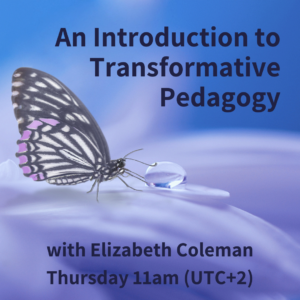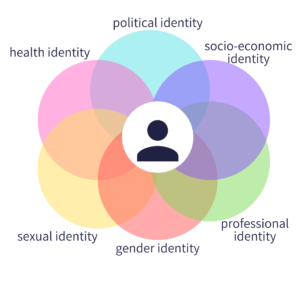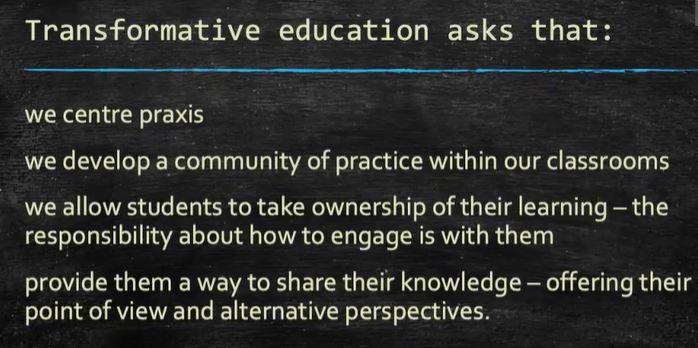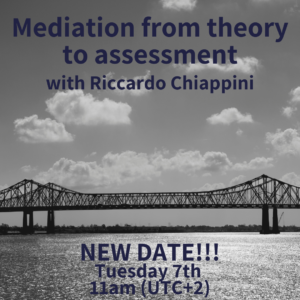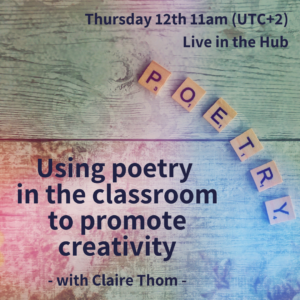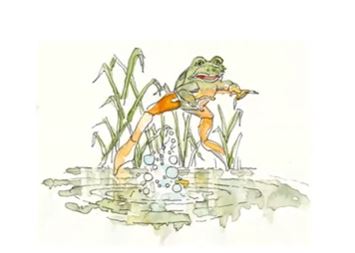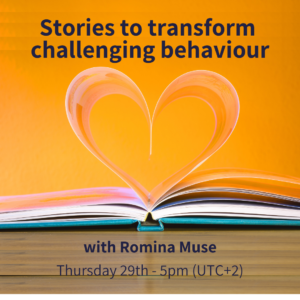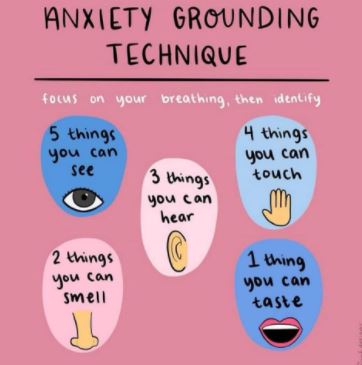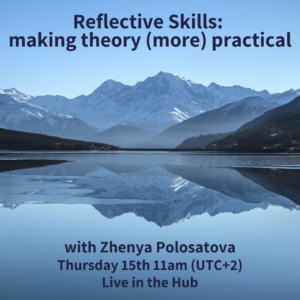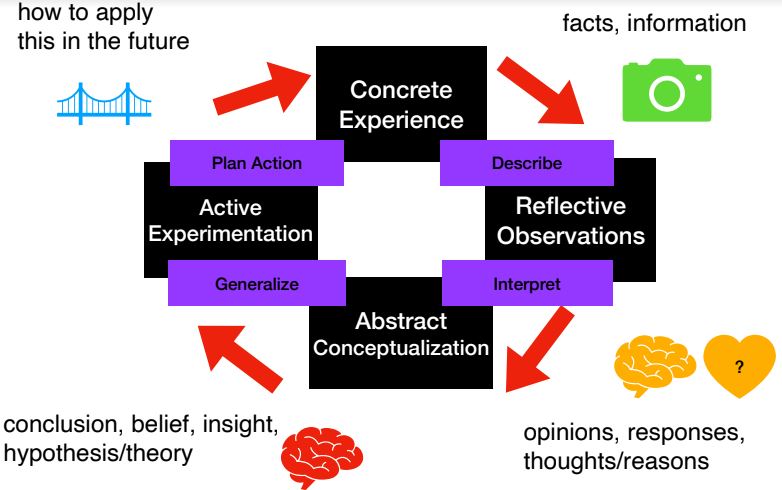We had a wonderfully creative session this week with Chris Walklett, who joined us to talk about using songs in the classroom. Chris started off by saying how much he’s always loved music – so much so that he chose using songs in the ELT classroom for his MA dissertation topic. He went on to talk about the topic at IATEFL in 2014 and later worked together with Carol Samlal to create resources which looked at songs in greater depth. They started out working on ‘singles’ and then worked on an ‘album’ – which is about 200 pages worth of content to use ten songs. There is a second book on the way, looking at social issues, and also a top 30, with 5 songs at each level of the CEFR. Keep track of all Chris’ publications on his website Teaching Tracks.
Poor usage
Chris started out by identifying three potential problems with using songs in the classroom.
Firstly, it can be challenging to choose the right song for the classroom, with lots of learners clamouring for a trending song – but does that do what you want it to?
Secondly, he highlighted that books often end up doing a lot of biographical work on the artist. He suggests that buying into celebrity culture isn’t the aim of using one of their songs: judge the art itself, rather than the artist.
Finally, he talked about the gap-fill trap, saying, “what takes place is little better than random ‘tippexing’ out of words – achieving what exactly?”
His concern is that poor usage of songs discourages teachers and learners from using them, when there are so many good reasons to use them, such as their length, use of authentic grammar and lexis and their thematic content.

Golden Rules
Care and consideration: make sure you know the song thoroughly and respect the creative process that the song has gone through. Bear in mind that songs can take months to come about and treating them as a five-minute throwaway is a bit of a waste.
Check out the lyrics: there are lots of resources to find the lyrics to avoid misheard lyrics or Mondegreens – though these are a great resource for connected speech!
Relevance: think about whether you’re using the song for the linguistic or thematic content, or both.
Mood: you could work on how the song makes learners feel before even starting to look at the lyrics.
Video: there are plenty of songs with music videos, but consider whether this is a useful addition. In some cases, it might set the scene well; in others, it could be misleading or confusing.
Order and staging: think carefully about the different aspects: when will learners see the lyrics? Will you listen to the song in one go the first time?
Linguistic possibilities: think about what stands out in the song and how you can use it.
Boundaries: think about how you want learners to access the song to avoid learners grabbing their phones, listening to the song and reading through hte lyrics before you’ve started.
Student-focused: keep this as the forefront when choosing and planning activities, as well as considering the level of challenge.
Exude confidence: learners are likely to remember these lessons if they’re done well – and if we move away from the formulaic approach which ELT has adopted with songs in the past.
Chris went on to share some practical ideas for working with songs and around the 26-minute mark, there’s a slide where he shares QR codes for the lyrics and the videos of the songs he talks about.
Money – Pink Floyd (27.00 – 37.00)
Ideas include a general discussion on currencies to activate learners’ schemata; finding texts related to the themes of the song (greed, capitalism, philanthropy); identifying the main message from each verse; watching the video and making note of things which are related to wealth; working on the second conditional for learners to think about what they would do if they won the lottery and leading on to moral dilemma discussions, such as “What would you do if something was incorrectly priced in a supermarket?”; looking at how we talk about money in different places, e.g. kidnappers ask for a ransom, charities ask for a donation; or thinking about looking at idiomatic language arouns money.
Space Oddity – David Bowie (37.00 – 45.00)
Chris suggested things like starting with a chat about the moon and what learners know about it; reading a text about the 1969 lunar landing; looking at David Bowie as an artist, given that he had such an eclectic and long-lasting career; watching astronaut Chris Hadfield’s alternative version; working on reported speech following the conversation between Ground Control and Major Tom; a closer analysis of the lyrics, such as what is meant by the line “tell my wife I love her very much”; or imagining being an astronaut lost in space with a discussion of what it would be useful to have with you.
We didn’t have time to work through the other songs – Fleetwood Mac’s Don’t Stop and The A Team by Ed Sheeran – but Chris flicked through the slides so you can pause and see the ideas he has.
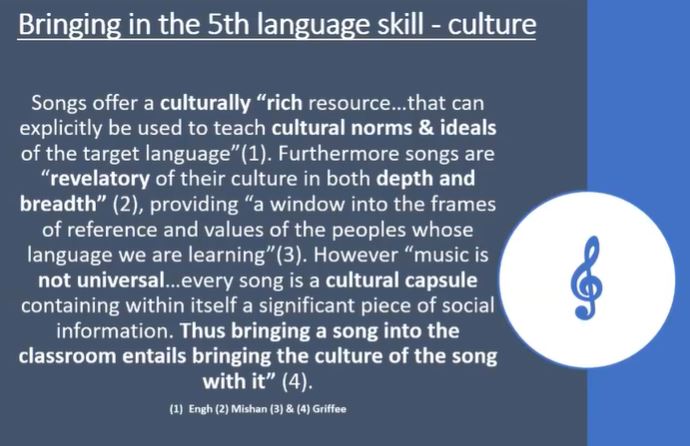
Chris rounded off the session by talking about how songs enable us to bring culture into the classroom, saying they are “the best way to educate and enlighten learners of all levels, abilities and backgrounds to the different perspectives of others and to see a rounded picture of the world – through the eyes of songwriters.”
He shared his new projects: 20/20s Vision which will use songs with a focus on social justice, personal and more controversial issues as these are the areas we should be focusing on.
Chris has a Facebook group, Creating uses for songs and song lyrics in EFL. Please fill in the entry questions if you’re joining the group. He’s also available for training and if you want to check out any of his other sessions, there are some on his YouTube channel.

